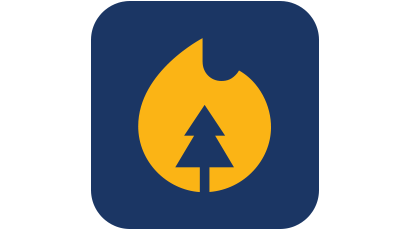Stages of control
The BC Wildfire service uses stages of control to report on progress. Each stage is defined to provide a broad overview of the current objectives and tactics being used on a fire.
There are four stages of control with different operational objectives:
Out of Control
At this stage, the wildfire is spreading or is anticipated to spread beyond the current perimeter, or control line. In this case, BC Wildfire Service applies more aggressive suppression and control methods such as establishing control lines, burn-offs, dropping water, foam or retardant.
Being Held
At this stage, the wildfire is projected, based on fuel and weather conditions and resource availability, to remain within the current perimeter, control line or boundary. At this point, crews may finish establishing control lines, conduct fuel management activities and mop-up (extinguishing a fire after it has been brought under control).
Under Control
At this stage, suppression efforts have ensured the wildfire will not spread beyond the current perimeter. BC Wildfire Service may continue to patrol the fire and extinguish hot spots while moving gear, equipment and personnel to another incident.
Out
At this stage, the wildfire has been extinguished or winter conditions are present and the wildfire will not spread. Once a fire is out, rehabilitation and recovery begin, which involves activities such as re-seeding areas with grass and rebuilding fences. Additionally, BC Wildfire Service conducts an after-action review which helps the organization continually improve response.
Frequently asked questions
What is a Wildfire of Note?
If a wildfire is especially visible or poses a threat to public safety, we classify it as a "Wildfire of Note" and provide detailed updates on it as information becomes available. A Wildfire of Note will appear on the interactive map as a flame icon instead of the red out of control icon.

